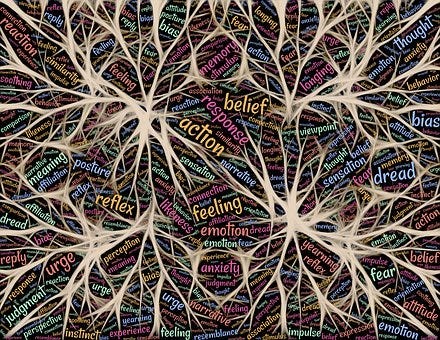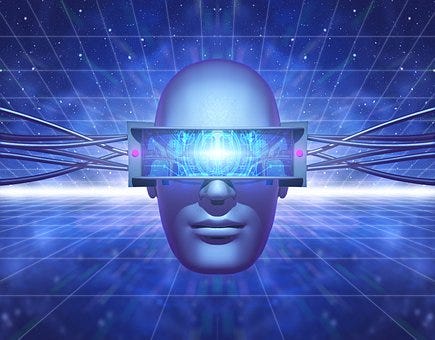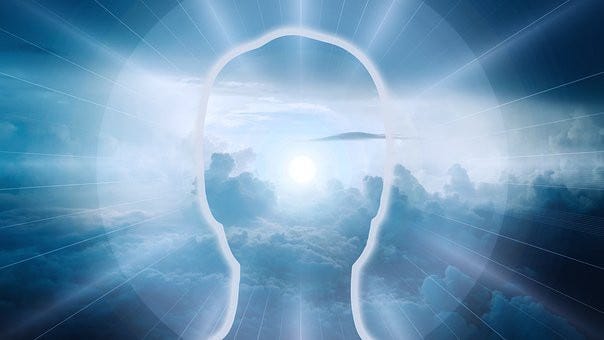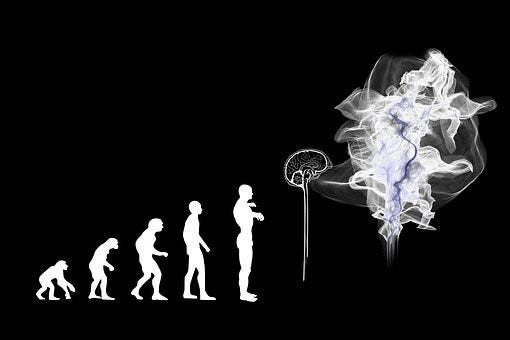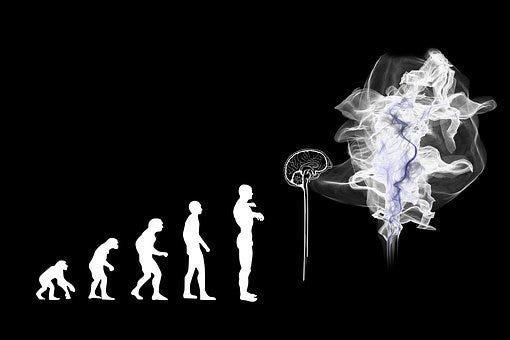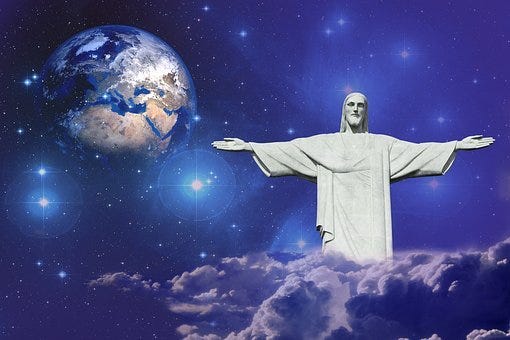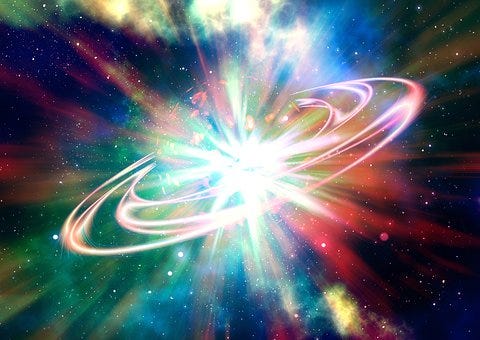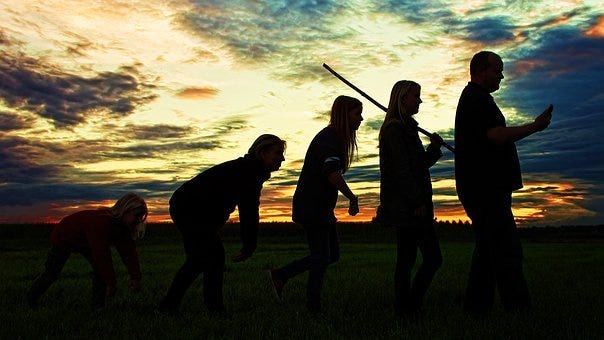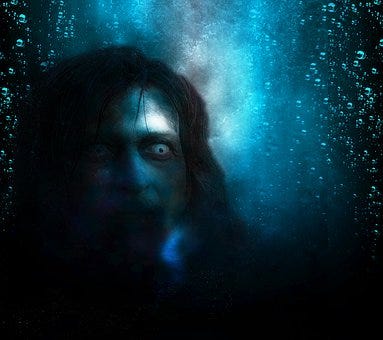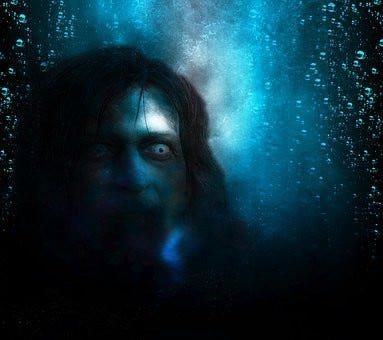In a previous blogpost I discussed the work of Ian Stevenson on children’s memories of past lives, which suggest the reality of reincarnation. In his book Where Reincarnation and Biology Intersect¹, he describes the phenomenon of otherwise inexplicable birthmarks which appear at places on the body where a wound was inflicted in a previous life. He says: “The birthmarks and birth defects provide an objective type of evidence well above that which depends on the fallible memories of informants. We have photographs (and occasionally sketches) which show the birthmarks and birth defects. And for many of the cases, we have a medical document, usually a postmortem report, that gives us a written confirmation of the correspondence between the birthmark (or birth defect) and the wound on the deceased person whose life the child, when it can speak, will usually claim to remember… The birthmarks and birth defects in these cases do not lend themselves easily to explanations other than reincarnation”.
I have recently rediscovered some further evidence of this idea. Varvara Ivanova was a Russian psychic and healer active in the 1960s and 1970s. Her work is discussed in chapters 9 and 10 of The New Soviet Psychic Discoveries, by Henry Gris and William Dick². It was said (by others) that she “controls such a wealth of psychic abilities that she is unmatched by any person in the Western world”. She was “particularly known for her outstanding ability to diagnose and cure illnesses by telephone at virtually any distance — in one documented case, at the range of 8,000 miles”.
With regard to reincarnation, she believed that “skills learned in previous lives can explain a great deal about why some people show unusual talents in their early life”, especially in regard to languages. She used past-life regressions in her healing work. Here’s what she has to say about birthmarks:
“Birthmarks are particularly significant. A secretary ‘saw’ her death from a bullet, which a man had shot at close range into her chest in a previous life. She had a jagged birthmark in the same spot, yet she had never heard about reincarnation and birthmark coincidences.
A young engineer, when regressed, ‘saw’ his death from an arrow in Asia. He had felt a sharp pain in his chest, where the arrow hit him, and was feeling it even after he had been ‘brought back’ to the present time. People at the experiment wanted to see if there was a birthmark, and asked him to show the spot where the arrow hit. He said there was no mark there. But on closer scrutiny, he found a pale round mark, a half inch in diameter, that he had never noticed before.
‘There are too many examples of this type of birthmark for it to be ignored’, Ivanova said with conviction… She was once asked to treat a young man for mental illness. She had never met the patient, but had a vision of him as a French soldier killed in battle, with a saber stuck into his side. The boy’s mother then revealed that her son had a birthmark exactly at the saber entry point!”
If this theory is true, there are obviously huge implications for our understanding of reality. The obvious one is that death is not the end of our being, contrary to what many believe in modern times. If memories are retained, and manifest themselves again physically in a later life, even though the body and brain have died, then one has to ask where these memories are stored. Clearly not in the brain! They must be stored somewhere in an immaterial consciousness, which would be a significant blow to scientific materialism. Stevenson, talking of “the evidence they (birthmarks) provide that a deceased personality — having survived death — may influence the form of a later-born baby”, says “I am well aware of the seriousness — as well as the importance — of such a claim and can only say that I have been led to it by the evidence of the cases” (p2).
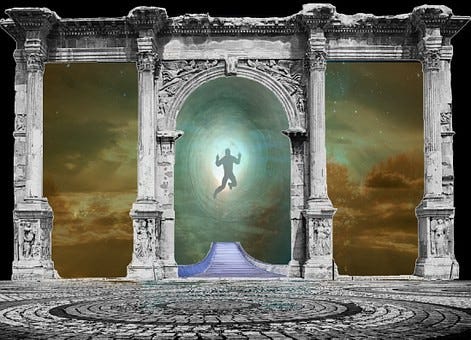
Footnotes:
1. Praeger, 1997
2. Sphere Books, 1980

